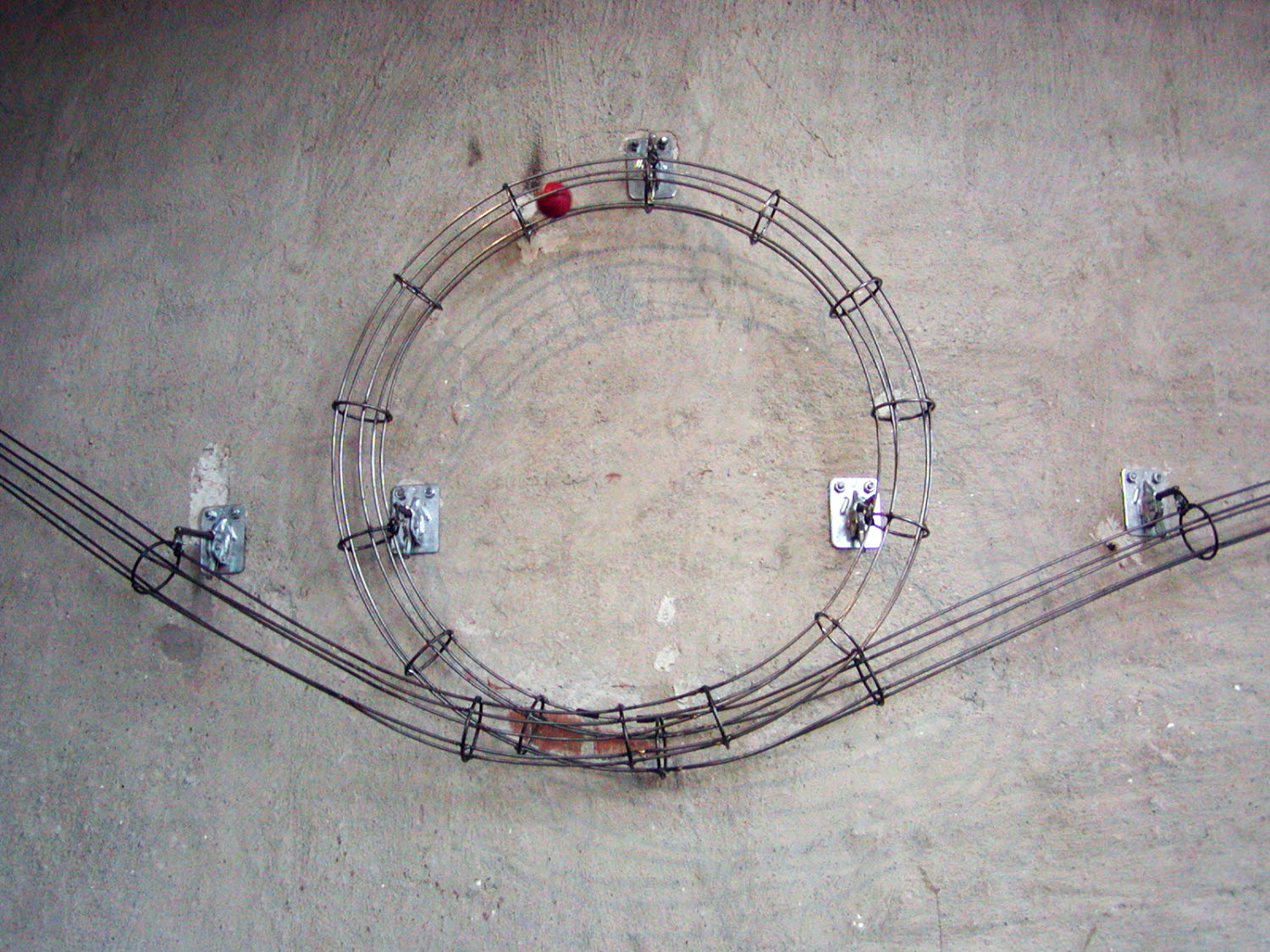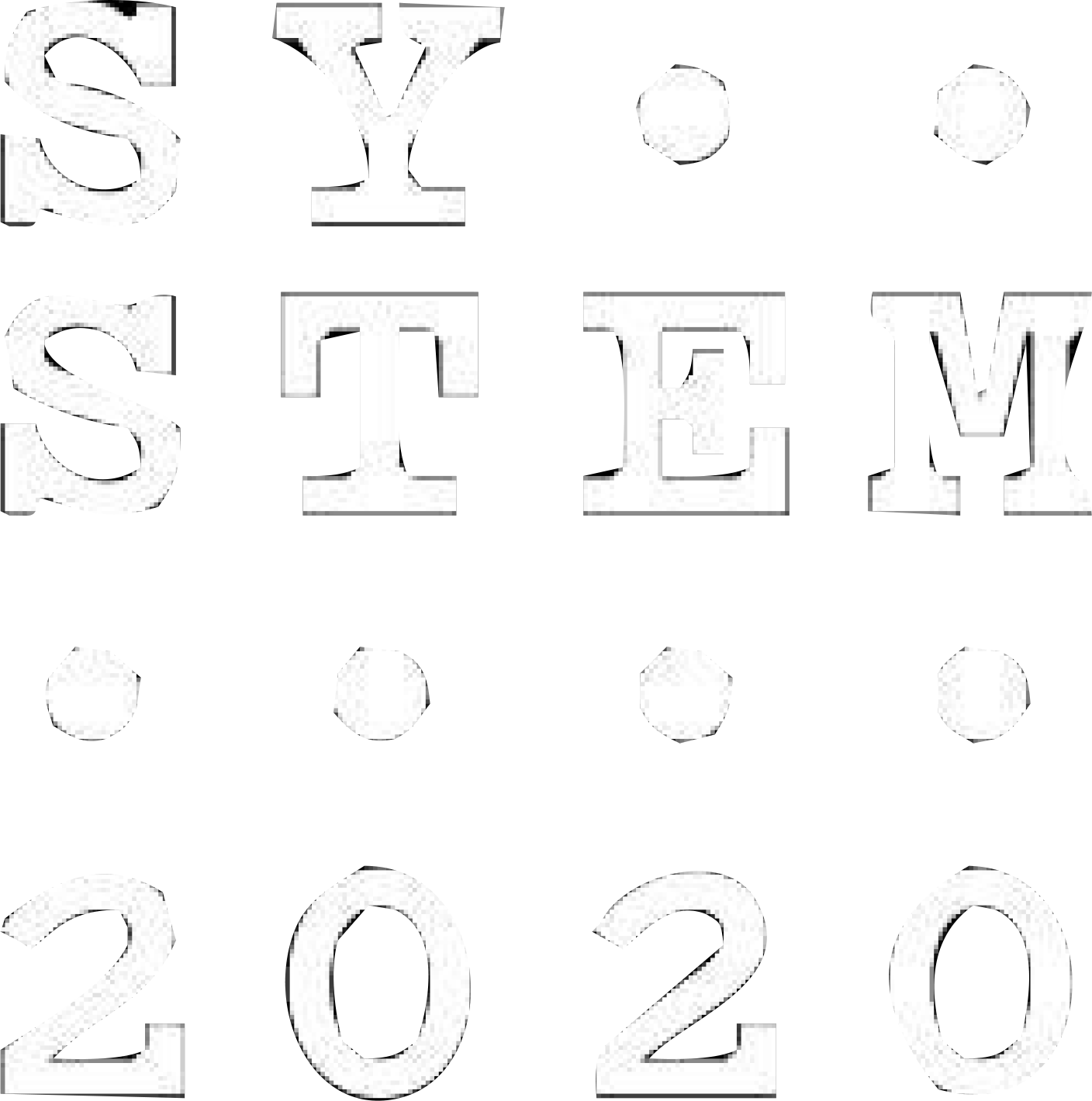
Long ball track
The long ball track illustrates several principle of physics such as acceleration, friction and energy conversion. And it might just get you sweating!
Moving objects are affected by different forces. In this long ball track, the tilt of the track makes the ball accelerate, or gain speed. The reason for this is the Earth’s gravity, the gravitational force, which pulls the ball towards the ground. At the same time, the friction between the ball and the track has an effect on the ball’s acceleration. The friction is not large enough to stop the ball from accelerating. The experiment involves energy conversion too, from potential energy to kinetic energy as the ball travels through the track.
Acceleration
Acceleration is the physics term describing speed in relation to time. When the speed increases, it is called a positive acceleration and when the speed decreases, it is called a retardation or deceleration.
Gravitation
Gravitation is one of the four fundamental forces of the universe. It is the force that makes the Earth move around the sun and that keeps our planet in its elliptical orbit. Objects exert a force of attraction on each other. Such as the force that makes a ball fall to the ground when you drop it. This force of attraction is called the weight of the object.
Friction
Friction is the force that strives to counteract the movement between two surfaces. Friction is created by unevenness and adhesion between the surfaces. Adhesion means that molecules between two objects stick together; in this case between the ball and the track.
Energy conversion
Energy conversion is a process where energy changes from one form to another. In the ball track, it is the change between potential energy and kinetic energy that makes up the energy conversion. Another form of energy conversion is when you rub your hands together and they get warm. This means that the kinetic energy and the friction have created thermal energy.
Potential energy and kinetic energy
Potential energy and kinetic energy is when you hold the ball at the start of the course and then release it, the ball has potential energy the moment that you let go of it. The speed of the ball through the track is kinetic energy. This kinetic energy increases and decreases at different points of the track. At the start of the loop for example, or the uphill slope at the end of the loop, and the spiral at the end of the track.









